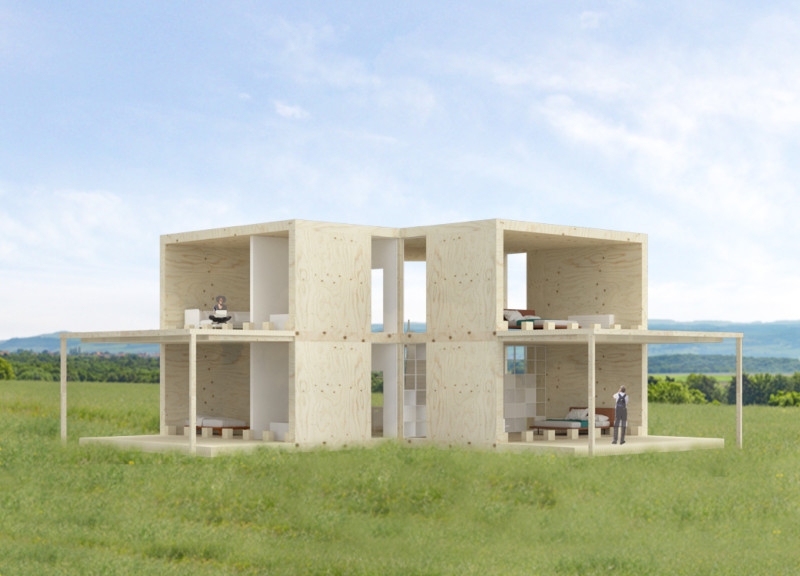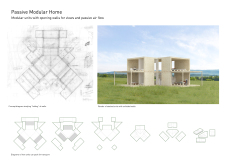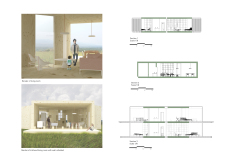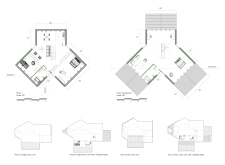5 key facts about this project
At its core, the project serves as a mixed-use development featuring residential, commercial, and recreational spaces. This multifunctional approach not only maximizes the utility of the site but also fosters a sense of community by encouraging interaction among its diverse users. The residential units are designed to cater to various demographics, ensuring accessibility and comfort for all residents. The commercial spaces are strategically positioned to draw foot traffic, providing opportunities for local businesses to thrive and enhancing the vibrancy of the neighborhood.
One of the standout characteristics of this architectural design is its innovative use of materials. The project prominently features sustainable building materials, including recycled steel, engineered wood, and high-performance glass. These materials are chosen not only for their durability but also for their ability to reduce environmental impact. The extensive use of glazing allows for natural light to permeate the interior spaces, creating a bright and welcoming atmosphere while reducing reliance on artificial lighting.
In terms of design, the project showcases a contemporary aesthetic that balances clean lines with organic shapes. The façade is characterized by a dynamic interplay of solid and void, where balconies and terraces extend outwards, providing outdoor spaces for residents to enjoy. This approach not only enhances the building's visual appeal but also encourages outdoor living, which is essential for urban dwellers. Landscaping plays a crucial role in the design, with green roofs and vertical gardens incorporated throughout the project, promoting biodiversity and improving air quality.
A unique aspect of this architectural endeavor is its emphasis on communal spaces. In addition to private living areas, the project includes shared amenities such as a rooftop garden, co-working spaces, and recreational facilities. These thoughtfully designed communal areas promote social interaction and create a sense of belonging among residents. The integration of art installations and interactive elements enhances the user experience, making the environment more engaging and participatory.
The architectural plans demonstrate a meticulous attention to detail, with a focus on both the user experience and the overall environmental context. The layout promotes ease of movement, with clear sightlines and accessible pathways. Architectural sections reveal the thoughtful consideration given to privacy, natural ventilation, and thermal comfort, all of which enhance residents' quality of life.
This project stands as a testament to the potential of architecture to enrich urban spaces and cultivate community. Its design principles reflect an understanding of the interplay between form and function, creating a structure that is both beautiful and practical. The emphasis on sustainability, community, and thoughtful material selection captures the essence of modern architectural ideas, signaling a shift towards more responsible and inclusive urban design.
As you explore the project presentation, you will find a wealth of information that highlights the intricacies of the architectural designs and the underlying philosophies that inform this work. Engaging with the architectural plans, sections, and design concepts will provide deeper insights into how this project not only functions within its environment but also contributes positively to the urban fabric.

























